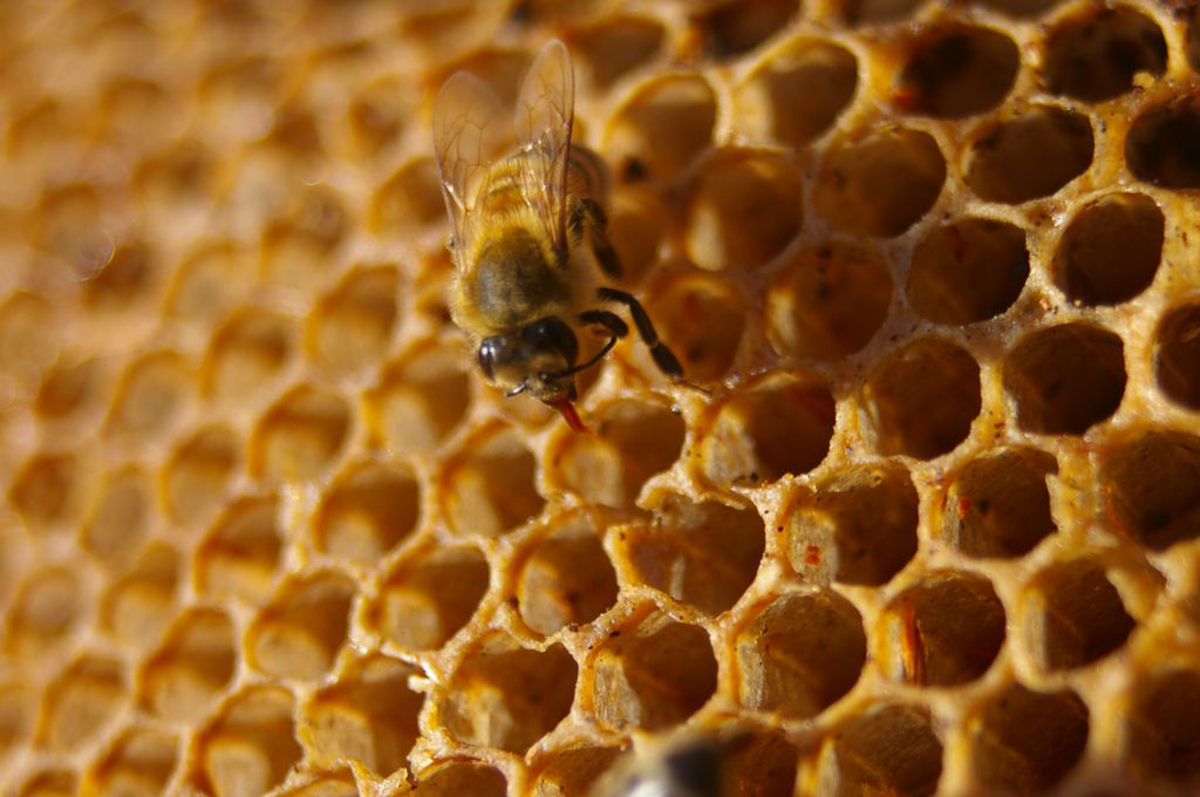Table of Contents
You would not think that a simple blister could kill someone.However, for tens of thousands of diabetics, tiny cuts and scratches that become infected can lead to the loss of feet and legs, days or weeks in the hospital, and sometimes death from septic shock.
Recently, a friend of mine who is diabetic had his own experience with a diabetic foot infection. His car had broken down, so he started walking everywhere. He developed a blister on the bottom of his big toe. He knew that he had to keep it clean and dry, so he washed the blister several times a day, changed his socks several times a day, and kept on the lookout for signs of infection. He did not, however, change his shoes. He wore the same shoes all the time.

The shoes harbored a bacterium, laboratory tests would later reveal, known as Morganella. It took three weeks, but the bacteria that had entered the blister when it popped began to tunnel under his skin. They spread from his big toe up to his knee. One evening he noticed an odd tingling sensation on the back of his leg, and the next morning his entire leg was red and swollen. He had a fever. His heart was pounding even though he was sick in bed. When he finally got the emergency room, a day later, he was judged to be near death. The doctors put him on an IV drip of a potent antibiotic called Zosen, and packed the now-gaping wound on his big toe with medicinal honey. The improvement was almost miraculous.
What Is Medicinal Honey?
Do We Really Know Medicinal Honey Works?
- Majno G. The Healing Hand. Man and Wound in the Ancient World. Cambridge, Massachusetts: Harvard University Press
- 1975. - See more at: www.woundsresearch.com/article/honey-biologic-wound-dressing#sthash.nWeR2Wrz.dpuf.
- Molan P, Rhodes T. Honey: A Biologic Wound Dressing. Wounds 2015
- 27(6):141-151.
- Photo courtesy of BotheredByBees via Flickr: www.flickr.com/photos/botheredbybees/245215850
- Photo courtesy of Siona Karen via Flickr: www.flickr.com/photos/sionakaren/3870732249


Your thoughts on this